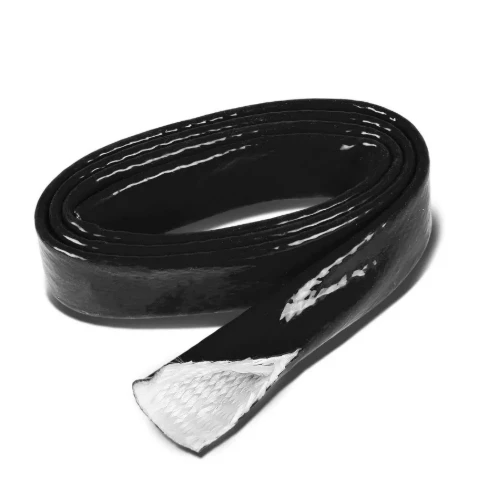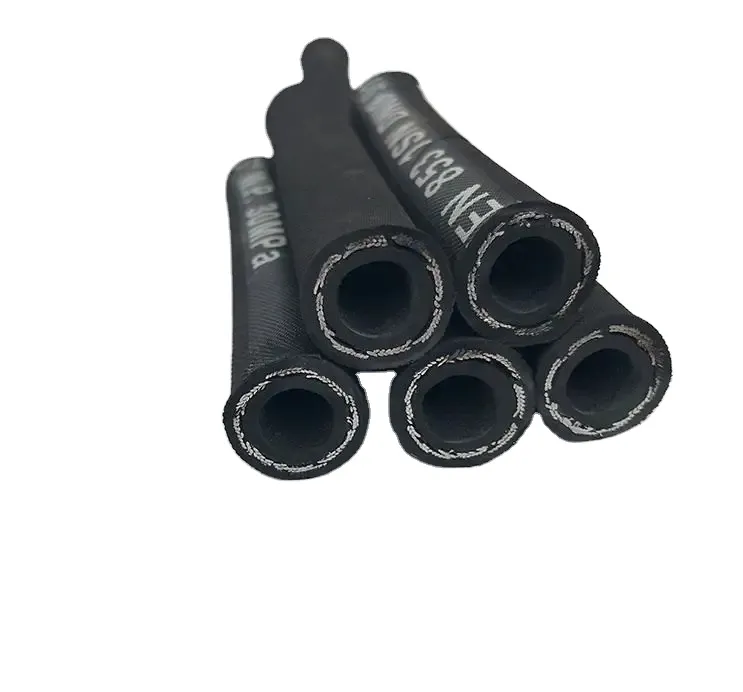
- Afrikaans
- Albanian
- Amharic
- Arabic
- Armenian
- Azerbaijani
- Basque
- Belarusian
- Bengali
- Bosnian
- Bulgarian
- Catalan
- Cebuano
- Corsican
- Croatian
- Czech
- Danish
- Dutch
- English
- Esperanto
- Estonian
- Finnish
- French
- Frisian
- Galician
- Georgian
- German
- Greek
- Gujarati
- haitian_creole
- hausa
- hawaiian
- Hebrew
- Hindi
- Miao
- Hungarian
- Icelandic
- igbo
- Indonesian
- irish
- Italian
- Japanese
- Javanese
- Kannada
- kazakh
- Khmer
- Rwandese
- Korean
- Kurdish
- Kyrgyz
- Lao
- Latin
- Latvian
- Lithuanian
- Luxembourgish
- Macedonian
- Malgashi
- Malay
- Malayalam
- Maltese
- Maori
- Marathi
- Mongolian
- Myanmar
- Nepali
- Norwegian
- Norwegian
- Occitan
- Pashto
- Persian
- Polish
- Portuguese
- Punjabi
- Romanian
- Russian
- Samoan
- scottish-gaelic
- Serbian
- Sesotho
- Shona
- Sindhi
- Sinhala
- Slovak
- Slovenian
- Somali
- Spanish
- Sundanese
- Swahili
- Swedish
- Tagalog
- Tajik
- Tamil
- Tatar
- Telugu
- Thai
- Turkish
- Turkmen
- Ukrainian
- Urdu
- Uighur
- Uzbek
- Vietnamese
- Welsh
- Bantu
- Yiddish
- Yoruba
- Zulu

febr. . 14, 2025 13:55 Back to list
hydraulic hose pipe manufacturing process


Following the reinforcement stage, the outer cover is extruded over the top. This involves another layer of precision, as the cover must adhere perfectly to the reinforced inner structure without gaps or weaknesses. The combination of a highly tensile reinforcement layer and a resilient outer cover is what grants the hydraulic hose its durability and flexibility. Quality control is an integral part of the manufacturing process, intertwining with each stage of production. Cutting-edge non-destructive testing technologies, such as radiography and ultrasonic testing, are employed to detect any internal defects without damaging the product. Furthermore, pressure testing each hose ensures that it can handle stresses well above its specified limits, offering a substantial safety margin for practical applications. Completing the process, each hose is subjected to rigorous inspection criteria before packaging. An expert team of quality assurance professionals oversees this, utilizing both automated systems and hands-on evaluations to confirm the adherence to the highest industry standards. Special attention is always directed towards aligning the manufacturing and material aspects with international standards such as ISO and SAE, which underscore the quality and reliability expected in industrial applications. This adherence to international standards not only signifies a commitment to excellence but also builds trust among clients and stakeholders, affirming the manufacturer's authority and credibility in the field. In conclusion, the hydraulic hose pipe manufacturing process is a balance of science, technology, and art, requiring an in-depth understanding and expert execution at every step. It is an embodiment of experience, trustworthiness, and authority, where meticulous material selection, precise engineering, and stringent quality controls come together to produce hoses that are essential for the safe and efficient operation of hydraulic systems globally.
Latest News
Steel Wire Reinforced Hydraulic Hose SAE 100 R1 / EN853 1SN S
NewsOct.17,2024
Two Layers Steel Wire Reinforced Hydraulic Hose SAE 100 R2 / EN853 2SN
NewsSep.03,2024
Textile Braid Reinforced Hydraulic Hose SAE100 R3+R6
NewsSep.03,2024
Textile Reinforced Hydraulic oil Suction Hose with embedded Steel Wire SAE 100 R4
NewsSep.03,2024
Single Wire Braid and Textile Covered Hydraulic Hose SAE 100 R5
NewsSep.03,2024
High Pressure Thermoplastic Hydraulic Hose SAE 100 R7 / EN855 R7 - SAE 100 R8 / EN855 R8
NewsSep.03,2024
Heavy Duty Four-layer Steel Wire Spiral Reinforced Hydraulic Hose SAE100R9+R10+R12
NewsSep.03,2024
Heavy Duty Multi-layer Steel Wire Reinforced Hydraulic Hose SAE100R13 SAE100R15
NewsSep.03,2024
Latest Products










